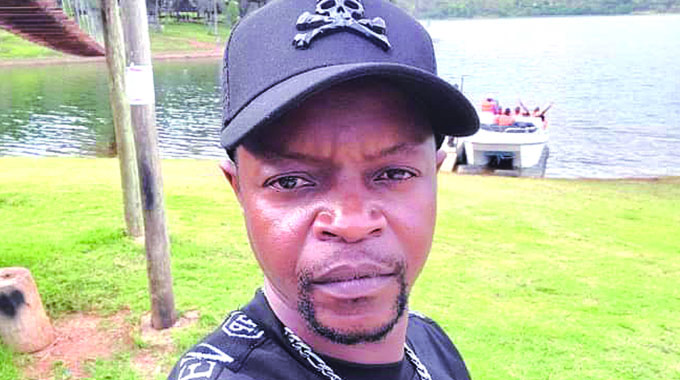Revive stone sculpture
Dr Tony Monda Art Zone
The changing tides of the economy after the challenges of 2007-2010 saw the bottom fall out of the sculptor’s world and their fortunes sank dismally – an anomaly, which still affects the contemporary sculptors today.
Speaking to sculptors at Chitungwiza Art Centre, Cannon Patterson, Mbare, Mabvuku and West Warren Park — they all concur that Zimbabwean stone sculpture has been steadily losing its value, artistic merit and international recognition over time.
Apart from the closure of several stone sculpture galleries, the internet replaced physical visits to the art centres by the buyers, and has left many artists unemployed and redundant.
The insights sculpture gives into the rich traditions and culture of Zimbabwe’s people should not be taken lightly and deserves serious attention.
Contemporary sculpture should be exhibited, documented and preserved as a cultural heirloom of our nation.
Zimbabwean art and cultural workers and administrators ought to make concerted efforts to re-recognise stone sculpture as a vital engine for economic growth.
Its tried and tested capacity to create wealth, jobs and attract foreign interests and tourism should not be underestimated and undermined by such institutions as the Ministry of Culture, National Gallery, and the Culture Fund, the National Arts Council, University of Zimbabwe and various other learning and cultural institutions in the country.
A boost in the livelihoods of the stone artists of Zimbabwe, who this writer still believes are able to take their deserving space in the international art and economic forums, is certainly overdue.
Holistically, sculpture reinforces the diversity of Zimbabwe’s cultural expression and has been sustained and continued for several decades through the talents of the local Zimbabwean sculptors.
Authentic cultural expressions in the stone art objects have an aesthetic, cultural and economic value which demonstrates Zimbabwe’s accomplished use of its natural resources and geographic endowments.
What is required to revive sculpture in Zimbabwe is appropriate and discerning scholarship, curatorship and aggressive research and documentation to illuminate and revive our cultural heritage.
As such, Zimbabwe can once again be the destination of choice for art collectors, cultural scholars, anthropologists, corporate collectors, gallerists, art enthusiasts — if the powers that be re-engage Zimbabwean stone sculptors into the mainstream contemporary art form of the country.
While the past decade strained the prospects of Zimbabwe stone sculptors due to the economic landscape, it is this writer’s belief that the Zimbabwe Bird immortalised in stone by our forefathers will rise again and take its place in the centre stage of international arts forums.
Dr Tony Monda holds a PhD in Art Theory and Philosophy and a Doctorate in Business Administration (DBA) in Post-Colonial Art and Heritage Studies. He studied law and photography at the Corcoran School of Art, Washington, and holds a Law and Art Diploma from Georgetown University, Washington, DC. He worked with WALA — Washington Area Lawyers Association.) He undertook an intern in Psychology of Art and Remedial Art Therapy at the Lafayette School of Art Therapy for the Mentally Handicapped Children in New Orleans, USA. He is an author, art critic, art consultant and a practising visual artist. He is also a musician, and Corporate Image Consultant.






Comments